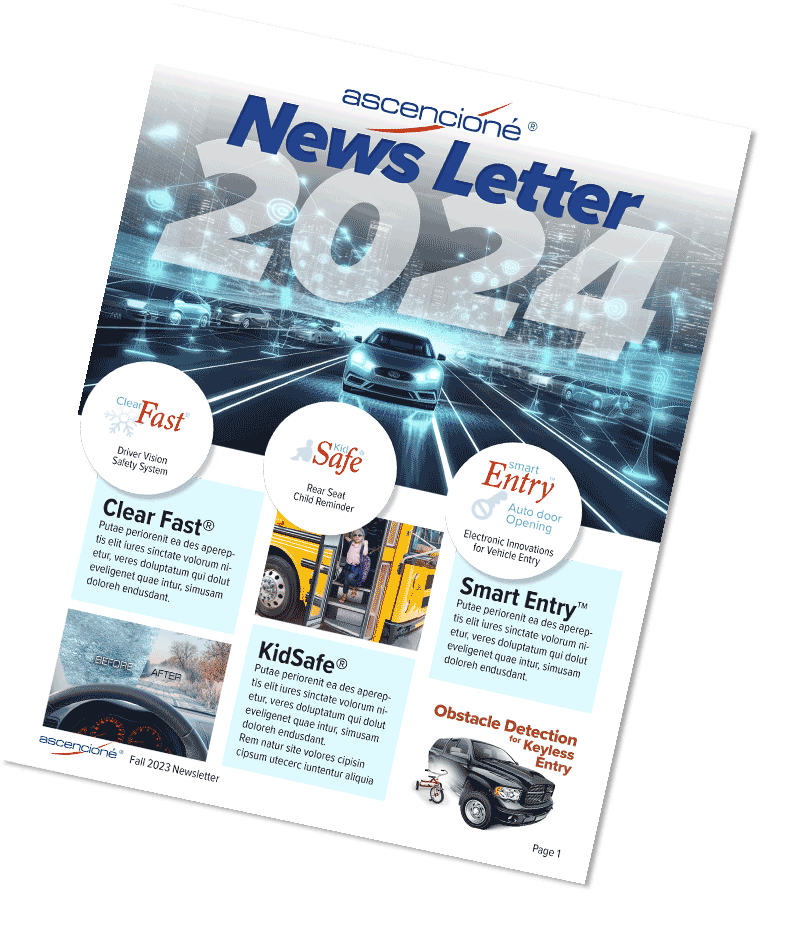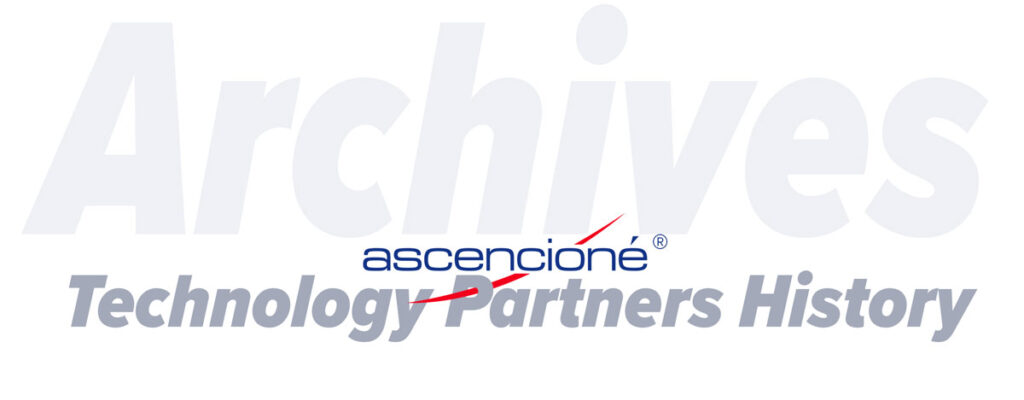
Improve Auto Vision through Windshield with ClearFast® (heated fluid washer system)
Auto Vision through Windshield abstract
Introducing the ClearFast® heated fluid washer cleaner system. Improving Auto Vision through Windshield. Provides up to 400% more effective cleaning than other systems. A unique dual heating method provides instant heating. In less than 20 seconds at 28 F ambient and stored heated fluid. The efficient heating structure minimizes electrical energy. All from the vehicle’s charging system. The first heated chamber quickly clears frost on the auto’s windshield. All this during the initial vehicle start-up. The second heated chamber (stored fluid) provides windshield cleaning:
- snow/ice
- dirt
- bug residue while driving.
The system requires a single electrical connector. Dual heating allows the system to maintain a heated fluid reservoir with a depleted reservoir and maximizes heating efficiency. Plumbed in-line between the washer pump and spray nozzles. The adaptive control software monitors the operating parameters. Discussed are performance test results. We show comparisons of how this design outperforms other system designs.
Auto Vision Design
GOALS
Effective at removing ice and dirt from a windshield when heated. Washer fluid is used. The heat from the fluid to the ice and glass promotes melting. Discouraging refreezing. Heat speeds the dissolution rates:
- salts and soluble organic components of dirt in the fluid
- reduces surface tension
- softens viscous oils and waxes
This makes them more miscible with the washer fluid and easier to wipe away.
The ClearFast® heated fluid washer system comprises three parts:
- the heating element/reservoir
- the electronic control system
- the system packaging.
Each piece performs an essential function of the system. The heating element/reservoir heats and holds the washer fluid. The electronic system controls the power applied to the heating element. The packaging contains and protects the rest of the system. Gone are dirt and moisture, and it protects the user from the hot fluid.
The goals of the ClearFast® design are to:
Simple to operate – automatic,
Minimize the time required to obtain hot fluid,
Provide a large volume of heated fluid,
Operate only when current is available — priority usage.
Meet FMVSS, OEM & SAE details
DESCRIPTION
As delivered to the customer. The ClearFast® unit for auto vision windshields consists of:
- a canister with an electrical connector
- a washer fluid inlet
- an outlet. See Figure 1.
The electrical connector provides the unit with battery, ground, ignition, and other I/O signals. Clearfast® provides reverse-polarity protection from reversing the battery leads. Figure 2 lists the signals in the connector.


When vehicle ignition is on, the unit monitors battery voltage. If the battery is 12.8 V or lower, the unit puts itself to sleep to conserve power, waking again sometimes to try again.
Fluid within the unit is warmed. When the user dispenses fluid on the windshield, cold fluid enters the unit, reducing the internal temperature, and triggering the unit to resume heating.
The lighted indicator LED demonstrates the unit is active and is heating the washer fluid. The Enable Switch input allows the user to toggle the unit off and on. When the user commands the unit off, the LED shuts off in response.
ClearFast® leaves the driver in complete control of the washer system. Fluid dispenses, and the wipers are activated only when the driver commands.
Integration of the fluid and electrical functions (motor, pump, heater, sensor) into a unitary structure provides a standardized OE low-cost product for assembly into a final housing, is an optional design with no loss of ClearFast® system performance.
Heating Element/Reservoir
The heating element/reservoir quickly heats the fluid to be dispensed on the windshield while maintaining a hot fluid reservoir. See Figure 3.

Cold washer fluid enters the fluid inlet and fills the reservoir and heating elements. Voltage heats the fluid applied along the length of the heaters and transfers it to the reservoir. The power applied to the heater is linearly regulated. The power device modulating the applied power uses the reservoir as a heat sink. The heating element draws a maximum of approximately 38 amps.
Fluid in the heaters gets heat from thermal energy transferred from a larger surface area but contains a smaller amount of fluid than the reservoir. Fluid will dispense onto the windshield through this path. ClearFast® maximizes the temp of the fluid dispensed onto the windshield. Note that the heating element also heats the reservoir over time, providing a large reserve of heated fluid.
Electronic Control System
A microcontroller monitors the ignition voltage and heater temperature, monitors the switch input, communicates to the vehicle body computer over the CAN interface, and controls the indicator LED and the power applied to the heater.
A thermistor is placed in contact with the heater and is used to control its temperature. A thermal fuse, also in
contact with the heater disables the power drive circuit when open.
A pair of resistors divide the battery voltage into a range where the microcontroller can measure it. Because the system’s operation depends on accurate battery voltage measurement, a calibration procedure is used in the building process to account for variations in these resistors. The first time the electronic control system is powered, it is with a regulated voltage source. The resulting voltage measurement is stored in non-volatile memory to provide a simple offset compensation.
Operation
During normal operation, the ClearFast® attains and maintains fluid temperature using a proportional derivative;
(PD) control algorithm. A setpoint of 120° F minimizes methanol evaporation and prevents scalding. A calculated error term is the sum of the absolute error and the temperature derivative.
The value of this error term determines the commanded output level.
To eliminate vehicle lamp “flickering,” a two-stage “soft start” algorithm is used. The commanded output level is less than or equal to 40% of the maximum, and the output level’s rate of change is limited to 10% per second. For example, if the current output level is 0%, and the commanded output level is 30%, the output level will slowly increase until, three seconds later, it reaches the controlled 30%. Also, if the commanded output level becomes 0%, the actual output level will decrease over three seconds back to zero.
Suppose the commanded output level exceeds 40% of the maximum and applied an increase of ten times the soft-start rate. For example, the ramp from 0% to 50% will take 500 ms and another 500 ms to get back to zero. Once the faster soft start rate is triggered, it remains in effect until the actual output level reaches zero.
Automotive Windshield Vision Testing
Figure 4 shows ClearFast® system features, including edges over competing units and superior performance in removing frost and bugs from the windshield surface. Note how the large heated fluid reservoir reduces the total time required for cleaning the auto windshield.
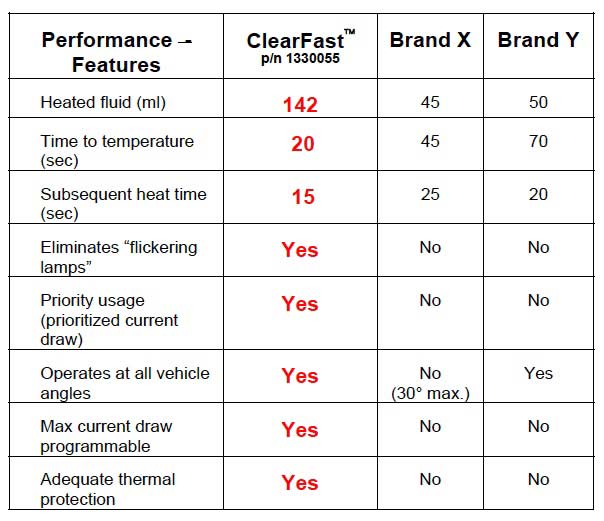

Figure 5 shows the system’s performance in terms of the temperature of the heated fluid, starting from 0° F. The upper curve (red) is the fluid temperature in the heater, while the lower curve (blue) is the fluid temperature in the reservoir.
Reservoir Time To Temp (Instant Mode)
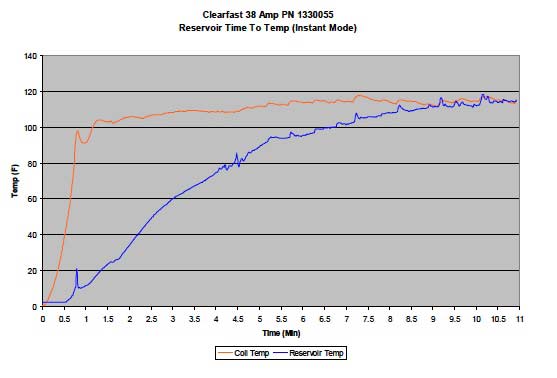


VEHICLE TESTING
Figure 8 shows the result of tests deicing a vehicles windshield.
Clearing frost with stream-type nozzles

Figure 8: Deicing Test Results
The vehicle test used EEC Directive 78/317 and FMVSS 103. The chamber temperature was -18 3° C, the frost density was 0.044 g/cm2, and the washer fluid was composed of 50% methanol and 50% water. Heated washer fluid was dispensed onto the windshield for 5 seconds, once per minute.
Figure 9 shows the temperature of the washer fluid in degrees C during the deicing test, measured at the nozzle. Figure 10 shows the current draw of the ClearFast® unit during the test.


Auto Vision through Windshield Testing
The testing in Figure 8 used stream-type washer fluid nozzles, which concentrate the fluid flow (and thus the heat) on a small windshield area, relying on the wiper blades to spread the fluid and the heat. Spray-type nozzles will cover a larger windshield area, resulting in a more uniform heat/fluid allotment. Furthermore, thirty seconds elapsed between fluid dispenses. The ClearFast® system can recover much more quickly than this, giving hot fluid to the windshield in as little as 5 seconds later: a 15-second interval cuts the time required to clear the frost in half. Achieve better performance using shorter intervals. Figure 11 shows some still frames of a video captured by Nartron showing the deicing performance of a ClearFast® unit installed in a car. The ambient temperature was 27° F, and there was a light to medium layer of frost on the windshield. Use Spray-type nozzles, and fluid applies at five-second intervals. The video shows the windshield clear of frost in less than 20 seconds with a started engine.Clearing Frost with spray-type nozzles
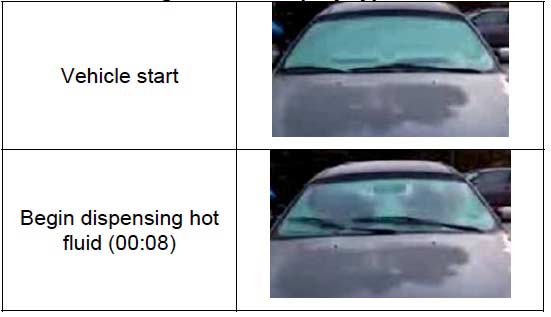

CONCLUSIONS
ClearFast® improves driver clear auto vision and safety by managing vehicle electrical energy to heat washer fluid in proper volumes for effective windshield cleaning. Processor-based (micro) control ensures the unit operates only when sufficient electrical current is available and minimizes the intrusion of the fluid heater on vehicle operation. The design meets all SAE, FMVSS, and OEM specs and is field-proven.
SAE, Automobile Detroit, Michigan


